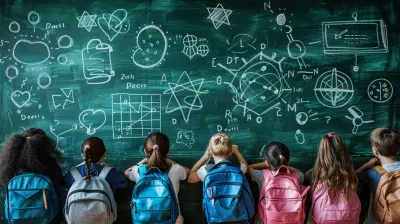Understanding School Security Systems: What You Need to Know
7 November 2025
School security is more important than ever. With increasing concerns about student safety, schools across the world are implementing comprehensive security systems to protect students, teachers, and staff. But what exactly goes into a school security system? And how can schools balance safety with a welcoming learning environment?
In this article, we’ll break down everything you need to know about school security systems—what they include, why they matter, and how they can be improved.
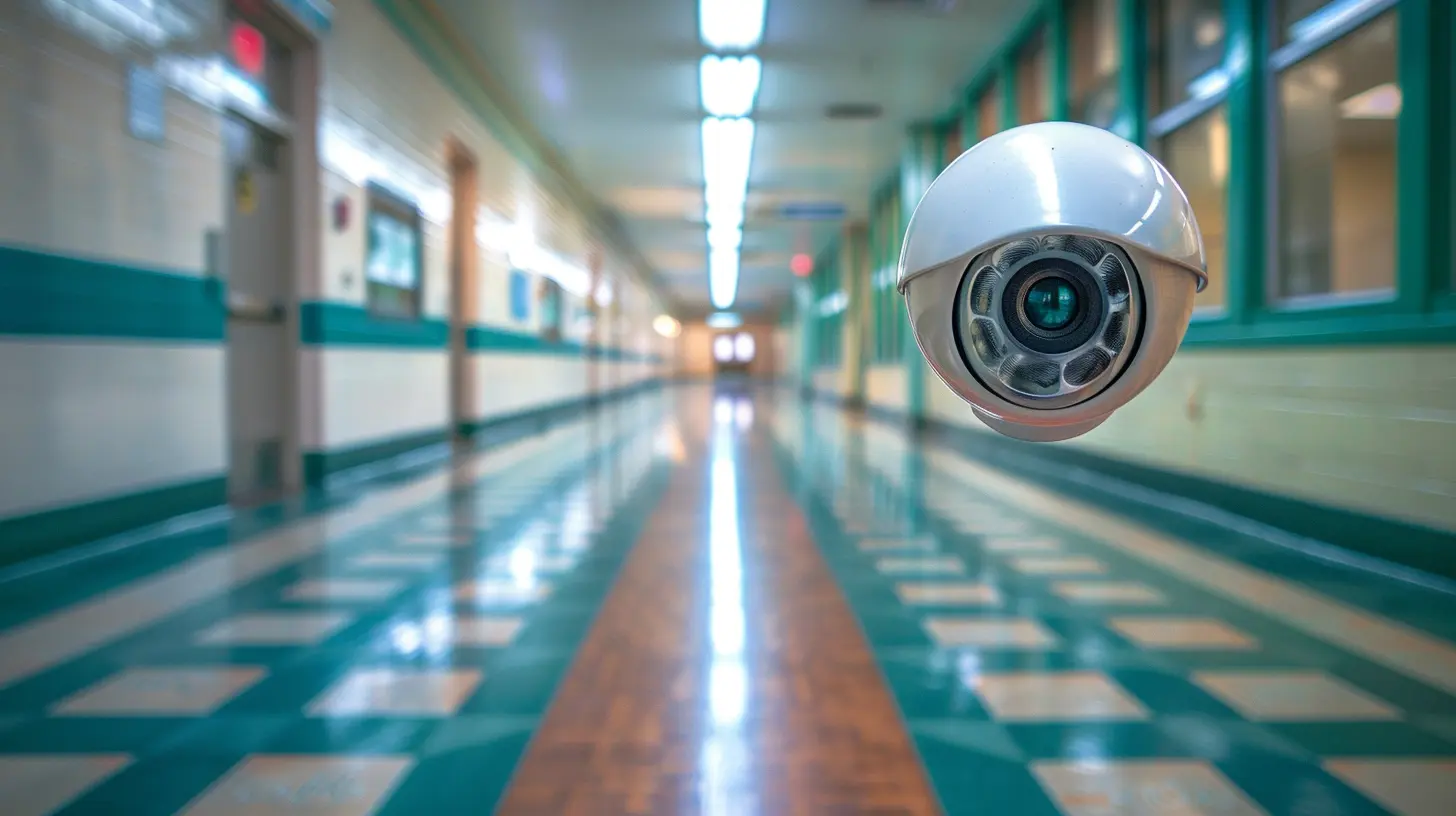
Why School Security Systems Matter
When parents send their kids to school, they expect them to be safe. Teachers, too, want a secure environment where they can focus on educating without worrying about potential threats. A well-designed security system not only protects people from outside dangers but also helps manage internal issues such as bullying and unauthorized access.Security systems in schools serve multiple purposes:
- Preventing Unauthorized Access – Controlling who enters school property is crucial to avoiding potential threats.
- Detecting Threats Early – Surveillance systems and monitoring tools help identify suspicious activity before it becomes a problem.
- Providing Quick Response – In case of emergencies, a well-implemented security system ensures quick action to minimize harm.
- Reducing Bullying and Violence – Security cameras and staff monitoring help deter and document instances of bullying or misconduct.
Now, let’s take a closer look at what makes up an effective school security system.
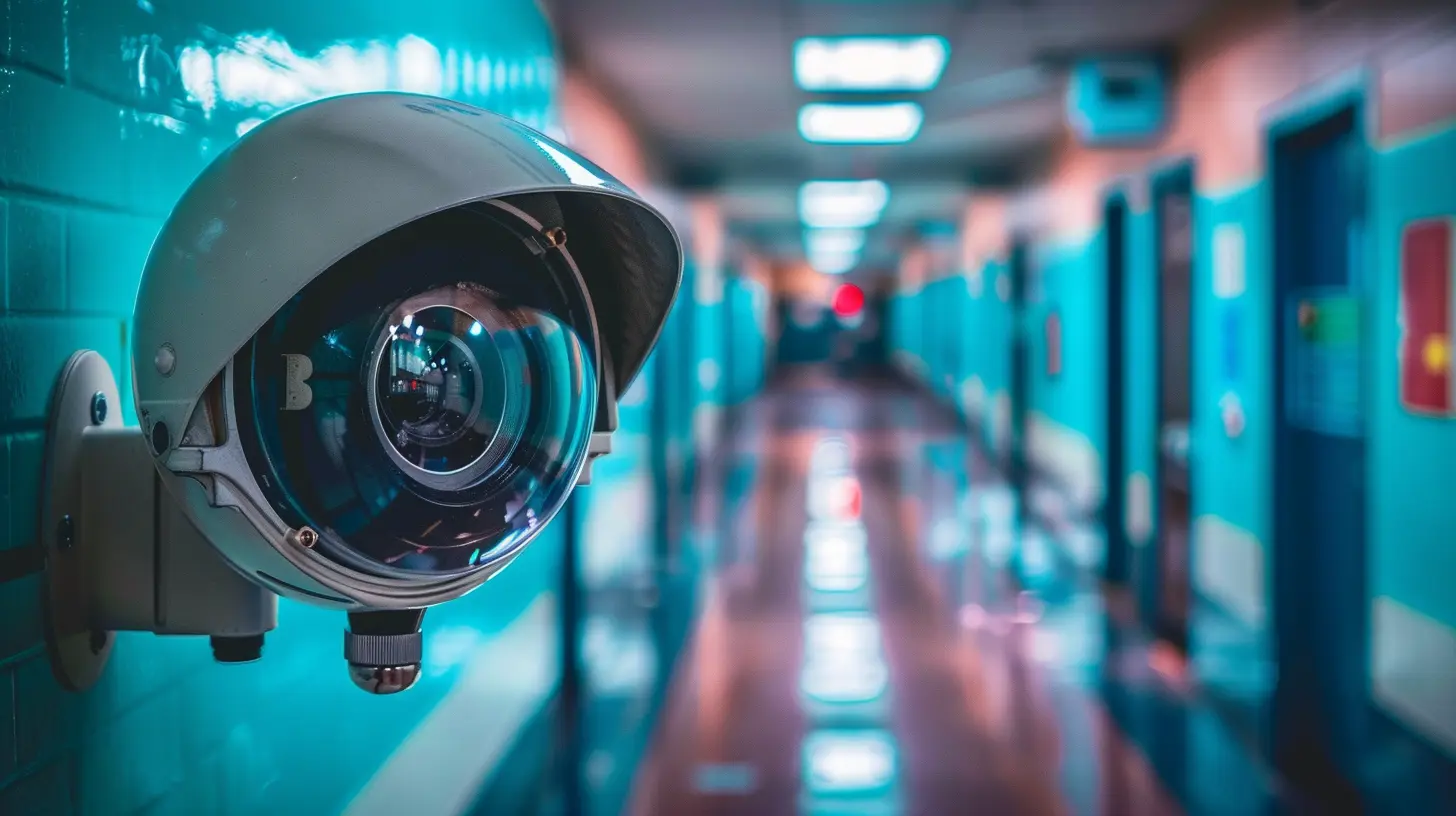
Key Components of a School Security System
A school security system isn’t just about cameras and metal detectors. It’s a combination of different technologies and practices working together to create a safe learning environment. Here are the essential components.1. Surveillance Cameras
CCTV cameras are one of the most common security measures in schools. They help monitor hallways, entrances, parking lots, and other public areas. But there’s a fine line between security and invading privacy. Schools need to strike a balance to ensure students feel safe rather than watched.When choosing surveillance cameras, it’s important to consider:
- Placement – Cameras should cover key areas like entrances, hallways, and playgrounds without overstepping privacy boundaries.
- Storage & Monitoring – How long will footage be stored? Who will have access to it? These are critical questions to address.
- Legal Considerations – Schools must follow laws ensuring responsible use of surveillance, avoiding misuse of recorded materials.
2. Controlled Access Systems
Would you leave your front door wide open all day? Probably not. Schools need controlled access to make sure only authorized personnel can enter.Some access control measures include:
- Keycard or ID Badge Systems – Staff and students use ID badges or cards to enter certain areas.
- Visitor Management Systems – Guests must sign in, show ID, and wear visitor badges.
- Automated Door Locks – These can lock down immediately in case of an emergency, preventing intruders from moving through the building.
3. Emergency Alert Systems
What happens if there’s a crisis? Whether it’s a fire, a medical emergency, or an active threat situation, schools need a way to alert everyone quickly.Common emergency alert systems include:
- Intercom Systems – Announcements reach all classrooms and areas instantly.
- Mass Notification Systems – Text messages, emails, or app notifications alert staff, students, and parents about emergencies.
- Panic Buttons – In classrooms or offices, panic buttons can notify authorities immediately when fired.
4. Security Personnel and Resource Officers
Technology is great, but human presence still plays a huge role in school security. Many schools have school resource officers (SROs) or security personnel trained to handle potential threats.What do security personnel do?
- Monitor entry points and hallways
- Respond to incidents quickly
- Build relationships with students to prevent issues before they arise
- Collaborate with law enforcement when needed
However, not every school has the budget to hire full-time security staff. In those cases, teachers and administrators often take on additional security responsibilities.
5. Threat Assessment Teams
Not all dangers come from outside. Some security risks come from within the student body. That’s why many schools have threat assessment teams—a group of trained professionals who monitor student behavior and intervene when necessary.These teams work on:
- Identifying students at risk of harming themselves or others
- Providing mental health resources and counseling
- Creating intervention strategies to de-escalate potential threats
A well-trained threat assessment team can prevent tragedies by addressing problems before they escalate.
6. Cybersecurity Measures
School security isn’t just about physical safety—digital security is just as important. With many education systems relying on technology for learning, protecting student data is a growing concern.Cybersecurity measures include:
- Firewalls and Security Software – Prevents cyber threats and hacking attempts.
- Restricted Access to Student Data – Only authorized personnel should have access to sensitive information.
- Educating Students and Staff – Cybersecurity training helps prevent phishing scams and data breaches.
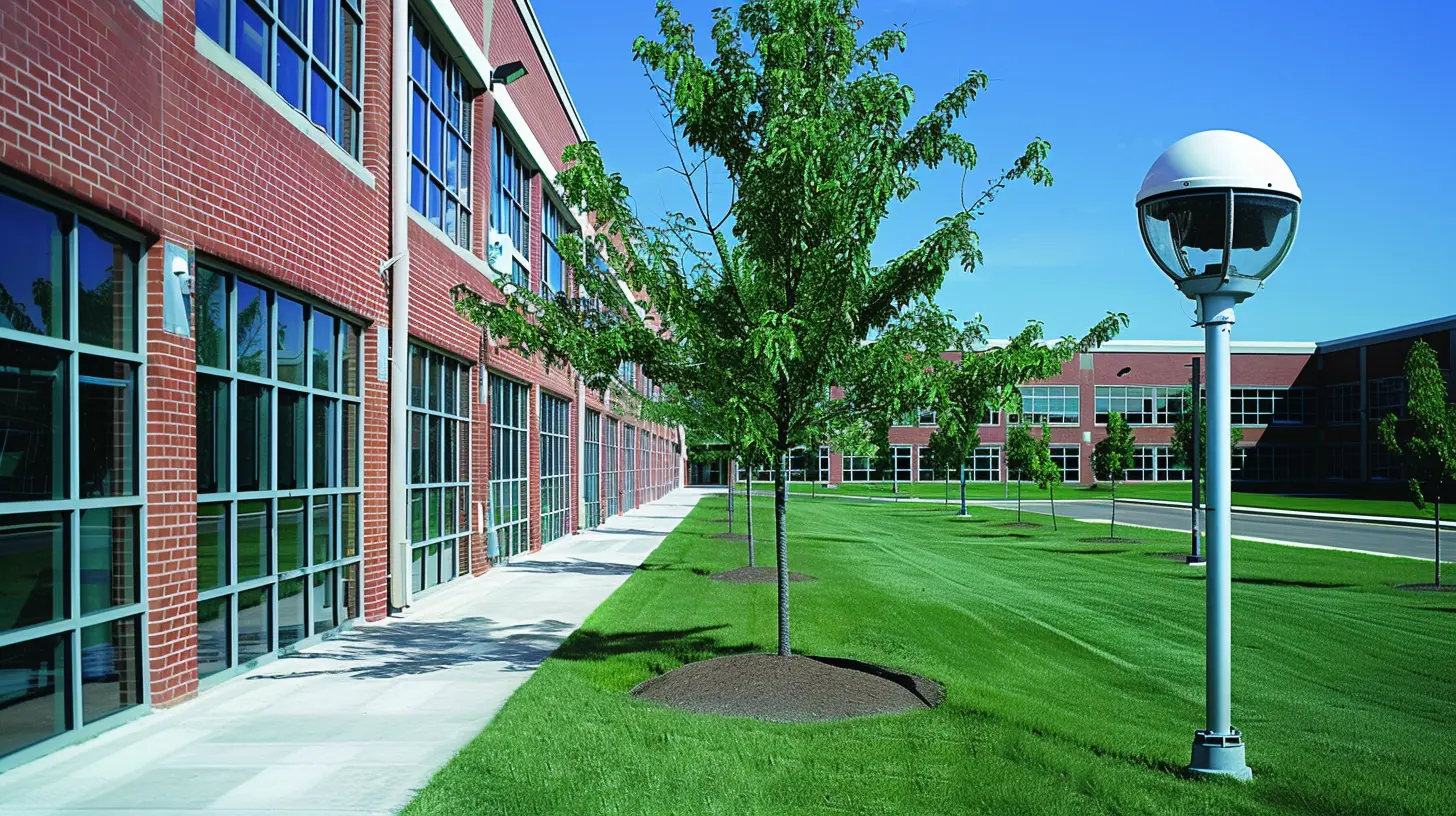
Challenges Schools Face in Implementing Security Systems
Even with all these security measures, challenges still exist. Some common issues include:1. Budget Constraints
Let’s face it—security systems can be expensive. Many public schools operate on tight budgets, making it difficult to afford advanced security measures. Schools often have to prioritize which security features are most necessary.2. Balancing Security and a Positive Learning Environment
No student wants to feel like they’re in a high-security prison. Schools have to ensure that security measures don’t make students feel uncomfortable or anxious. Finding the right balance between safety and an open educational atmosphere is key.3. Keeping Up with Evolving Threats
Threats change over time. Years ago, schools worried more about vandalism and small fights. Today, concerns range from cyber threats to active shooter situations. Schools must continuously update their security policies to stay ahead.4. Privacy Concerns
Not everyone is comfortable with cameras watching them all day or digital tracking of their movements. Parents, students, and teachers often raise concerns about privacy with increased security measures. Schools must ensure they respect privacy while keeping everyone safe.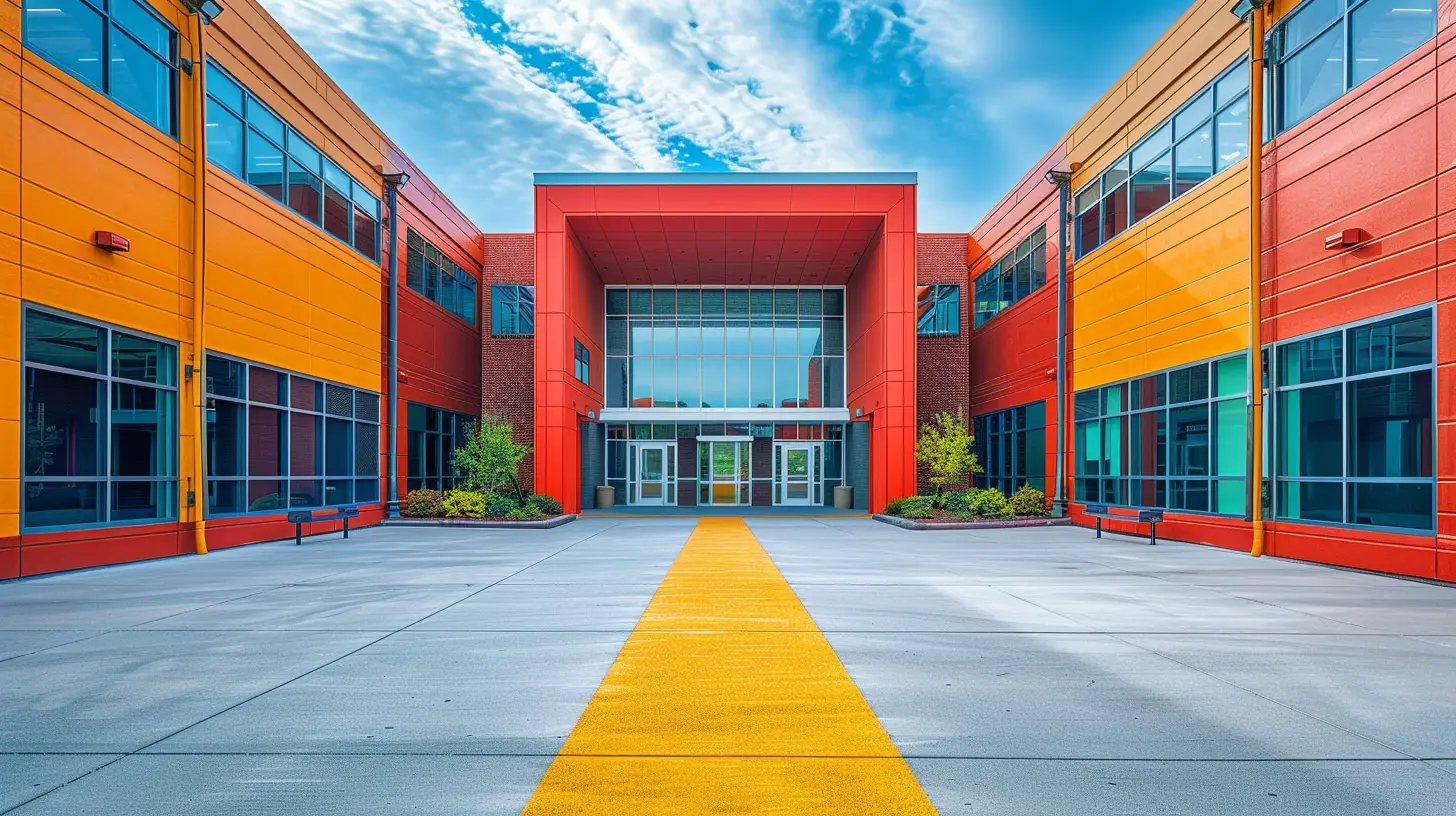
How Schools Can Improve Their Security Systems
While challenges exist, there are ways schools can improve security without breaking the bank or creating an unwelcoming environment.1. Involve Students, Parents, and Staff
Security isn’t just about cameras and locks—it’s also about awareness. Schools should educate students on safety protocols and encourage them to report suspicious activity. Parents and staff members should also be engaged in conversations about school security.2. Utilize Grants and Funding Programs
Many government and private organizations offer grants to help schools enhance security. Schools should explore funding opportunities to improve their systems without straining budgets.3. Regular Security Drills and Training
Having security measures in place is useless if no one knows what to do in an emergency. Schools should conduct regular drills and training sessions for students and staff to respond effectively to different situations.4. Leverage Technology
Modern technology offers affordable and efficient security solutions. Schools can use AI-based monitoring systems, mobile emergency alert apps, and smart door locks to enhance security without hiring more personnel.Final Thoughts
School security is no longer just an option—it’s a necessity. While no system can guarantee 100% safety, a well-thought-out security plan significantly reduces risks. Schools must continuously evaluate and improve their security measures to protect students while maintaining a positive learning atmosphere.By combining technology, trained personnel, and community involvement, schools can create a secure environment where students can focus on what really matters—learning.
all images in this post were generated using AI tools
Category:
School SafetyAuthor:

Bethany Hudson
Discussion
rate this article
1 comments
Adam Erickson
Empower yourself with knowledge—safety starts with understanding!
November 11, 2025 at 5:08 AM

Bethany Hudson
Thank you! Knowledge is indeed the first step to ensuring safety in our schools.


